At Fuchun, we elevate the art of investment casting with our advanced Water Glass Casting technology. This specialized process combines cost-efficiency with exceptional precision, making it ideal for producing high-quality, intricate metal components. Whether you need complex geometries or smooth surface finishes, our Water Glass Casting delivers consistent results with shorter production cycles and reduced costs.
| Category | Parameters |
| Casting Materials | -Common materials:carbon steel, alloy steel, gray steel, stainless steel and ductile iron and others |
| -Material weight range:0.01 kg-1000 kg | |
| Casting Dimensions | -Maximum casting size:1000 mmx1000 mm ×800 mm |
| Minimum casting size:20mm×20mmx5 mm | |
| Casting wall thickness:5 mm-200 mm | |
| Casting Precision | -Dimensional tolerance:CT7-CT10 |
| Surface roughness:Ra 25 μm-100 μm | |
| Machining Precision | -Dimensional tolerance:±0.05 mm-±0.2 mm(depending on casting size) |
| Surface roughness:Ra 0.8 μm-3.2 μm | |
| Production Capacity | Annual output:over 10000 tons |
| -Maximum single piece weight:1000 kg | |
| -Minimum single piece weight:10 grams | |
Mold materials:Wax molds,Foam molds | |
| Certifications | ISO9001, TUV-PED, DNV-GL, LR and BV |
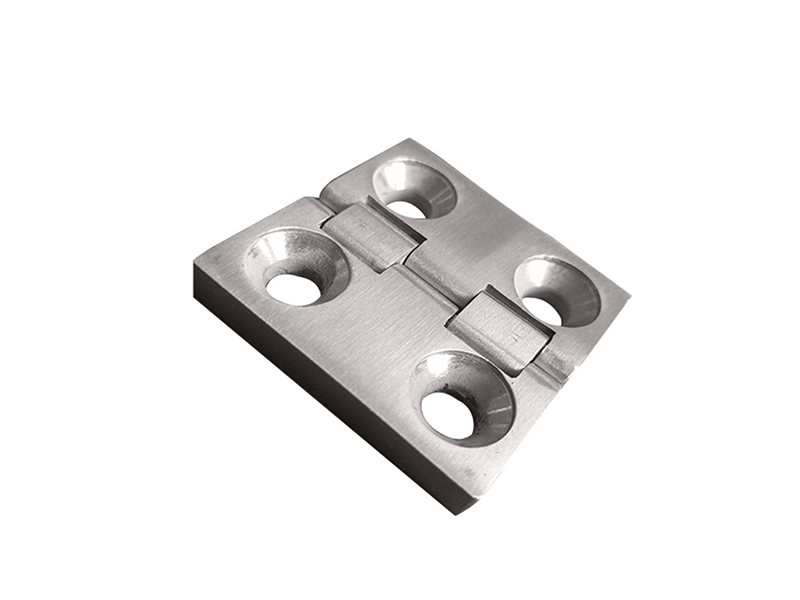
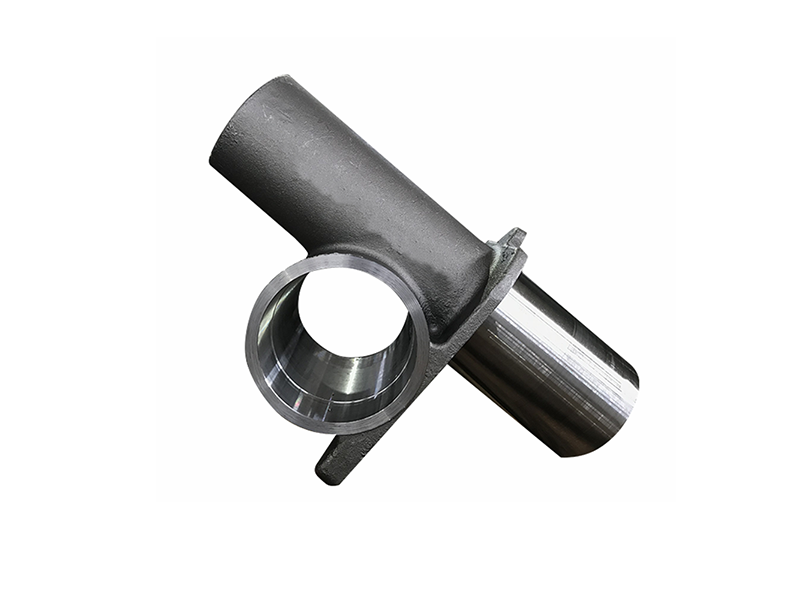
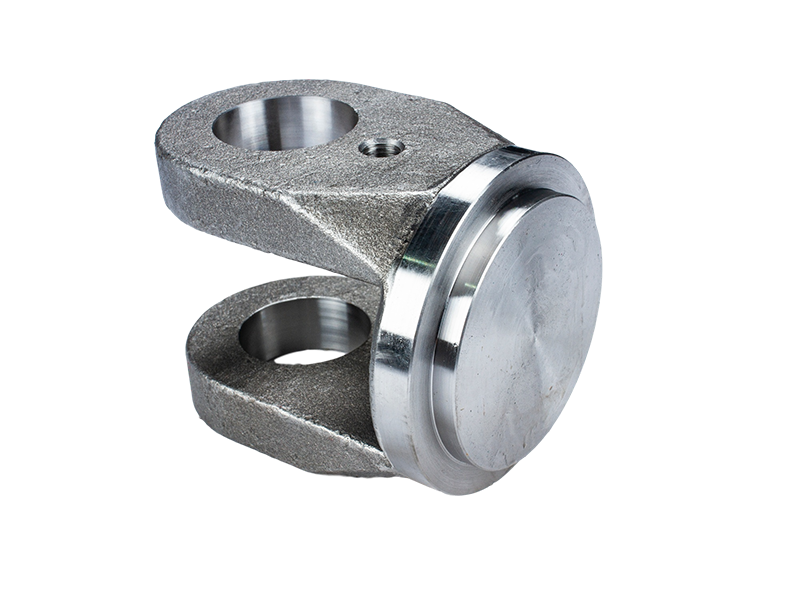
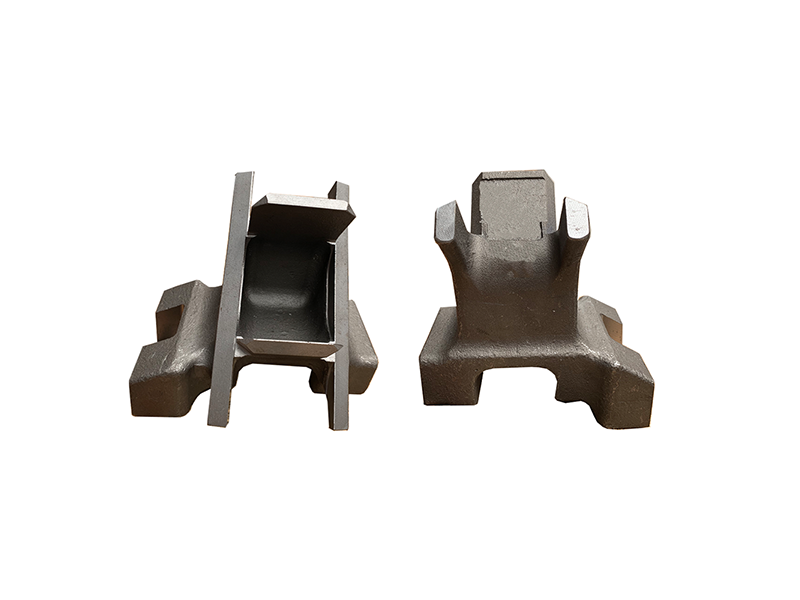
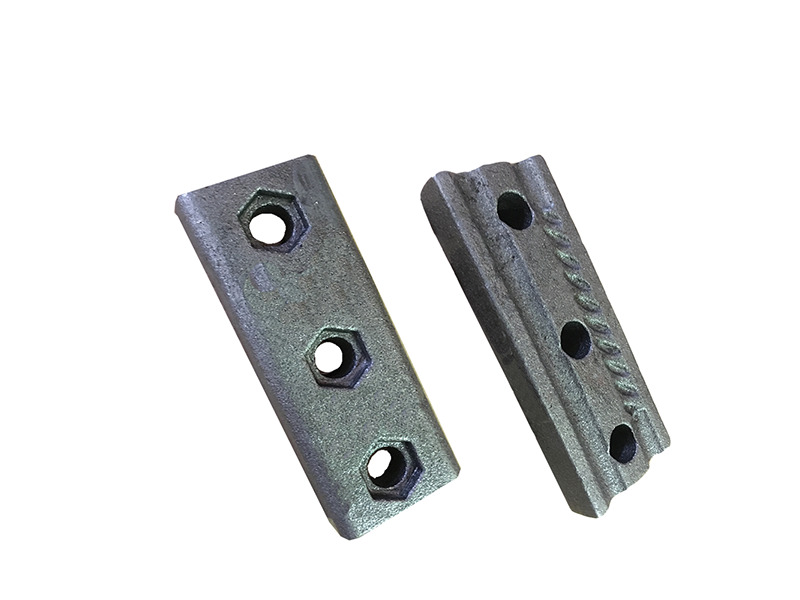
Water glass (sodium silicate) is an affordable material, making this process more economical compared to other investment casting methods, especially for high-volume production.
The process involves faster mold preparation and curing times, enabling quicker turnaround times for production, which is ideal for meeting tight deadlines.
Water Glass Casting can produce complex geometries and intricate designs with excellent dimensional accuracy, making it suitable for components with fine details.
The process yields components with a high-quality surface finish, reducing the need for additional machining or polishing in many cases.
It supports a wide range of metals and alloys, including carbon steel, stainless steel, and non-ferrous metals, making it adaptable to various industry requirements.
Water glass is non-toxic and environmentally friendly compared to some other binding agents, aligning with sustainable manufacturing practices.
Uses VDG P690 international standard casting tolerance. It is a standard developed by the Association of German Foundry Experts that specifies linear dimensional tolerances for castings.
Material-group D: alloys based on iron-nickel, cobalt, and Cooper. Accuracy grade: D1 to D3
Tabelle: Linear dimensional casting tolerances (DCT in mm) for dimensional casting tolerance grades (DCTG) material group D.
Nominal dimension range | D1 | D2 | D3 | |||
DCT | DCTG | DCT | DCTG | DCT | DCTG | |
up to 6 | 0,3 | 5 | 0,24 | 4 | 0,2 | 4 |
over 6 up to 10 | 0,36 | 0,28 | 5 | 0,22 | ||
over 10 up to 18 | 0,44 | 6 | 0,34 | 0,28 | ||
over 18 up to 30 | 0,52 | 0,4 | 0,34 | 5 | ||
over 30 up to 50 | 0,8 | 7 | 0,62 | 6 | 0,5 | |
over 50 up to 80 | 0,9 | 0,74 | 0,6 | 6 | ||
over 80 up to 120 | 1,1 | 0,88 | 0,7 | |||
over 120 up to 180 | 1,6 | 8 | 1,3 | 7 | 1,0 | |
over 180 up to 250 | 2,4 | 9 | 1,9 | 8 | 1,5 | 8 |
over 250 up to 315 | 2,6 | 2,2 | 1,6 | 7 | ||
over 315 up to 400 | 3,6 | 10 | 2,8 | 9 |
| |
over 400 up to 500 | 4,0 | 3,2 | ||||
over 500 up to 630 | 5,4 | 11 | 4,4 | 10 | ||
over 630 up to 800 | 6,2 | 5,0 | ||||
over 800 up to 1000 | 7,2 |
| ||||
over 1000 up to 1250 |
| |||||
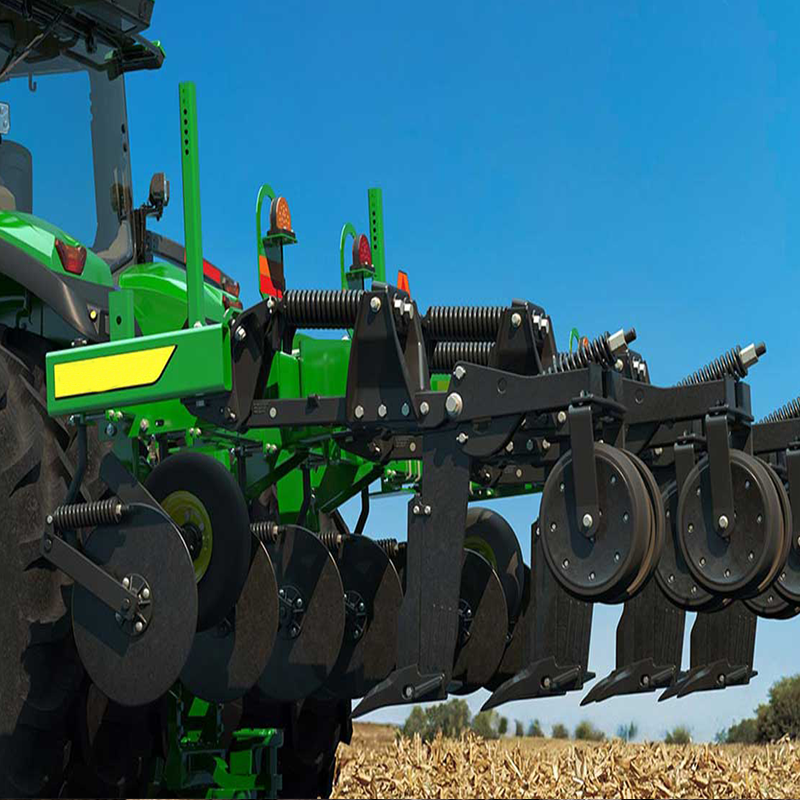
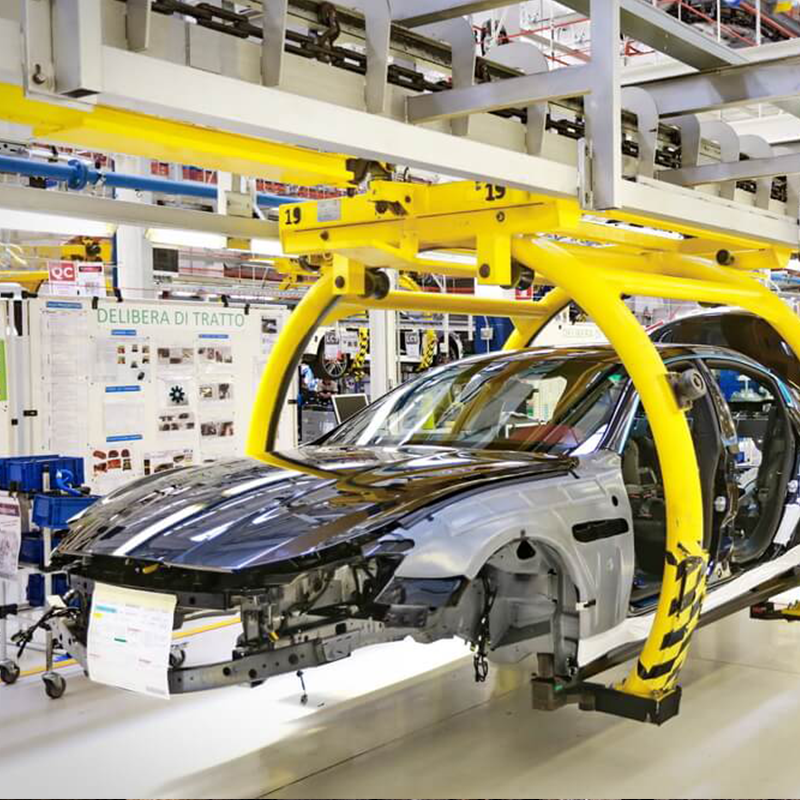
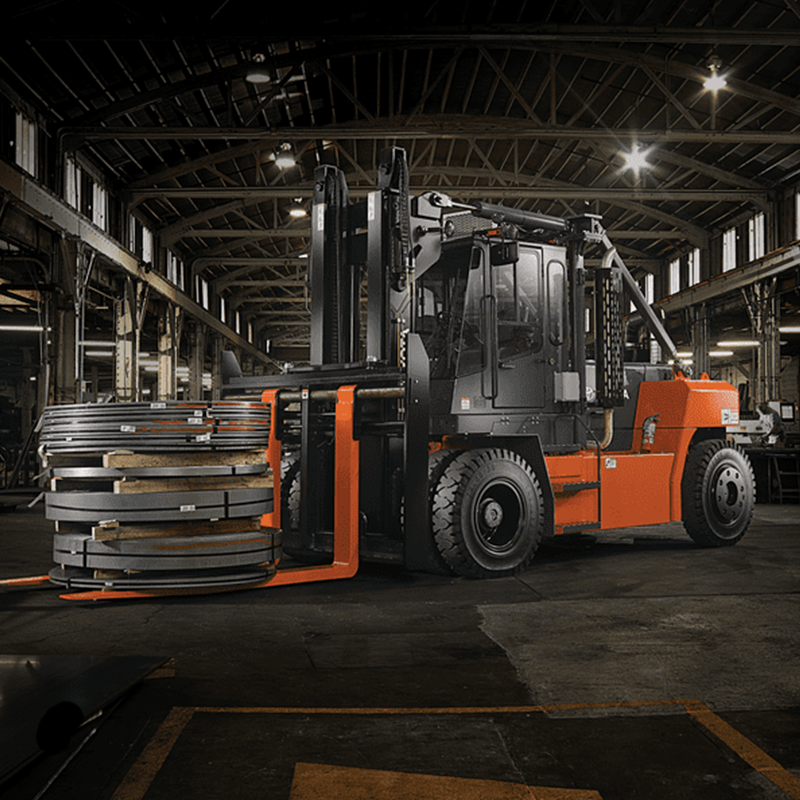
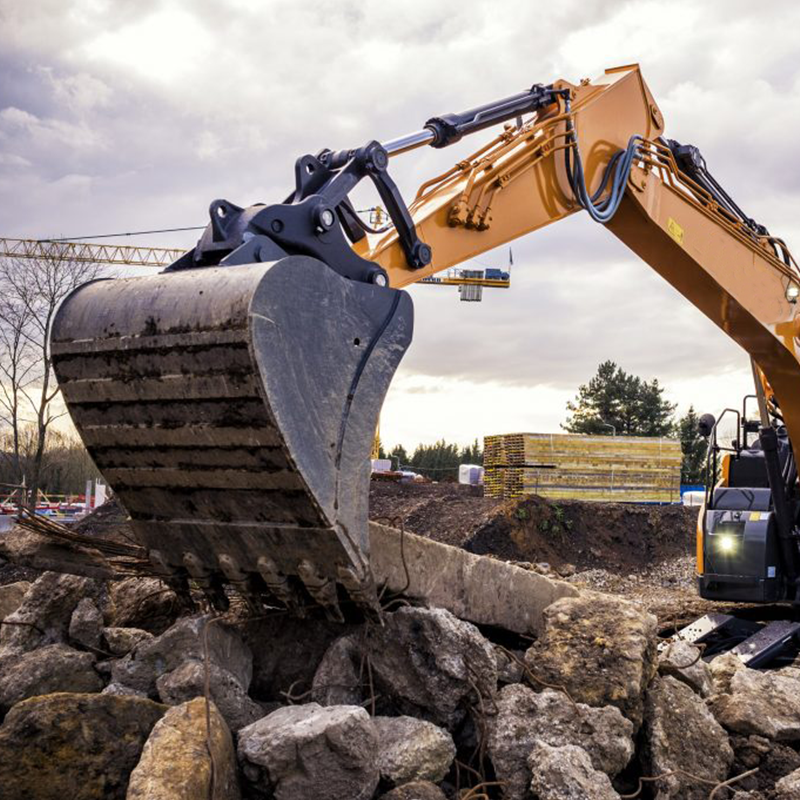
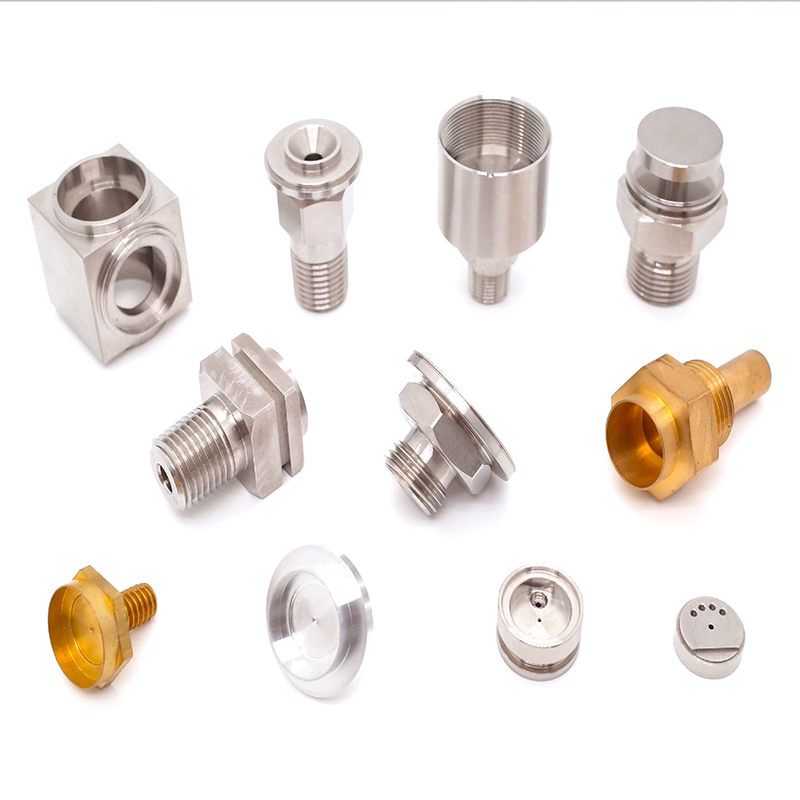
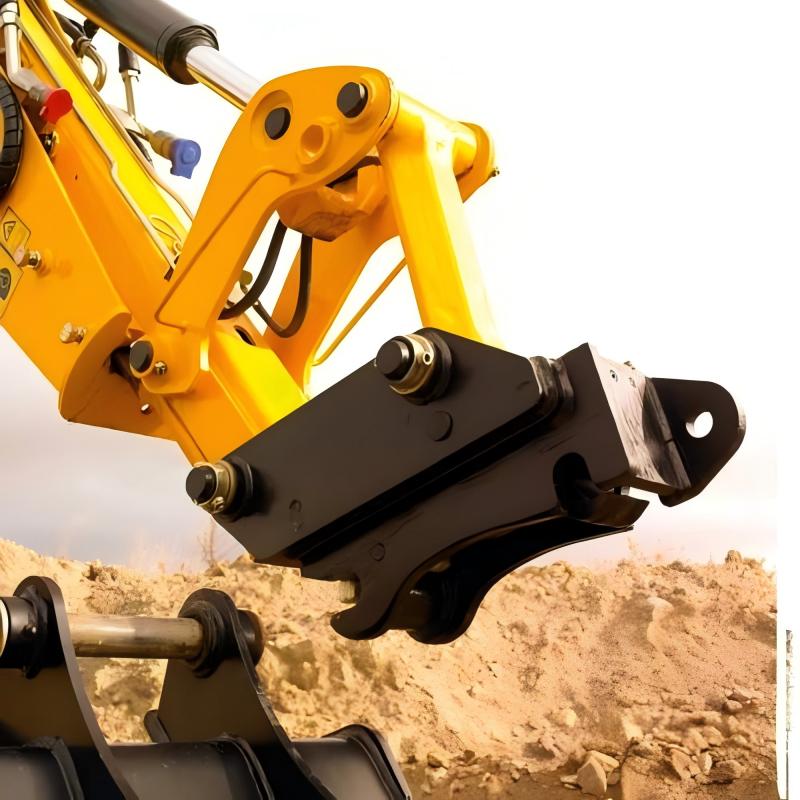
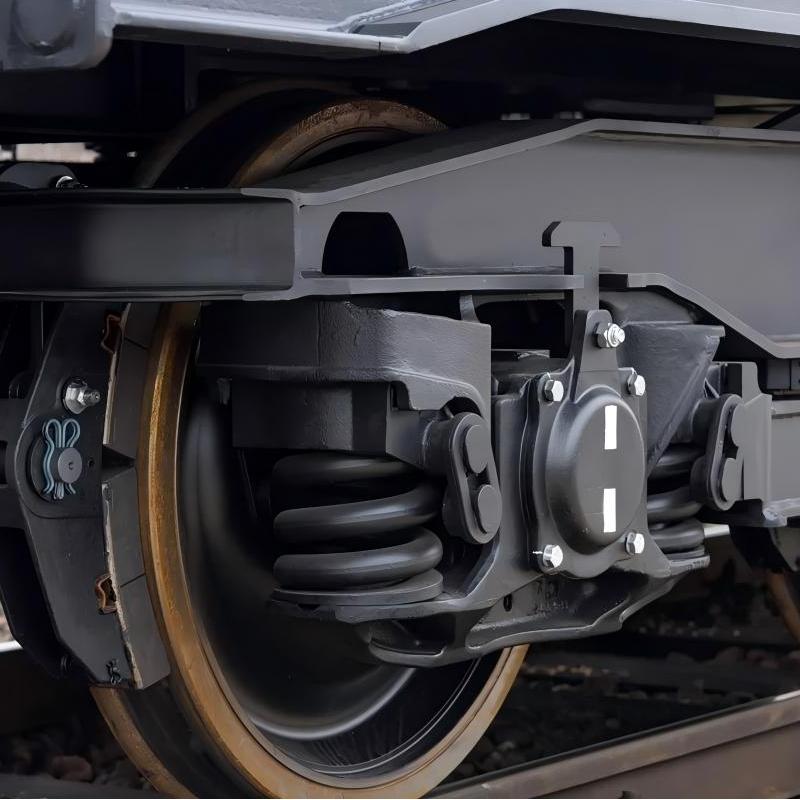
Fuchun specialize in water glass casting services for industries like automotive, aerospace, and manufacturing. Our cutting-edge techniques and equipment produce precision-cast components tailored to your specifications. Whether you require intricate parts with fine details or durable castings for challenging applications, we have the expertise to provide high-quality results that meet your needs.
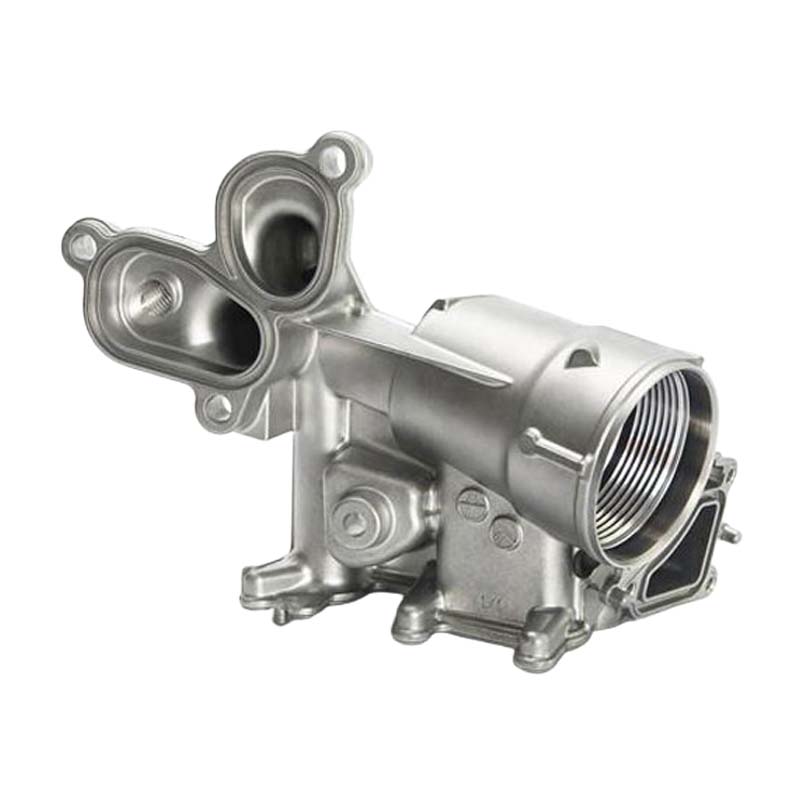
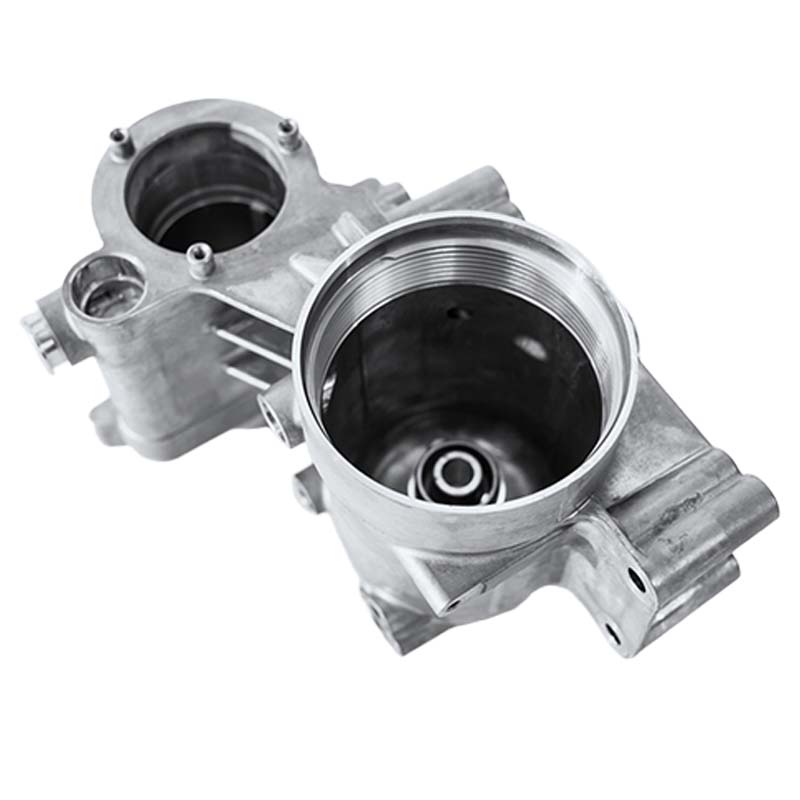
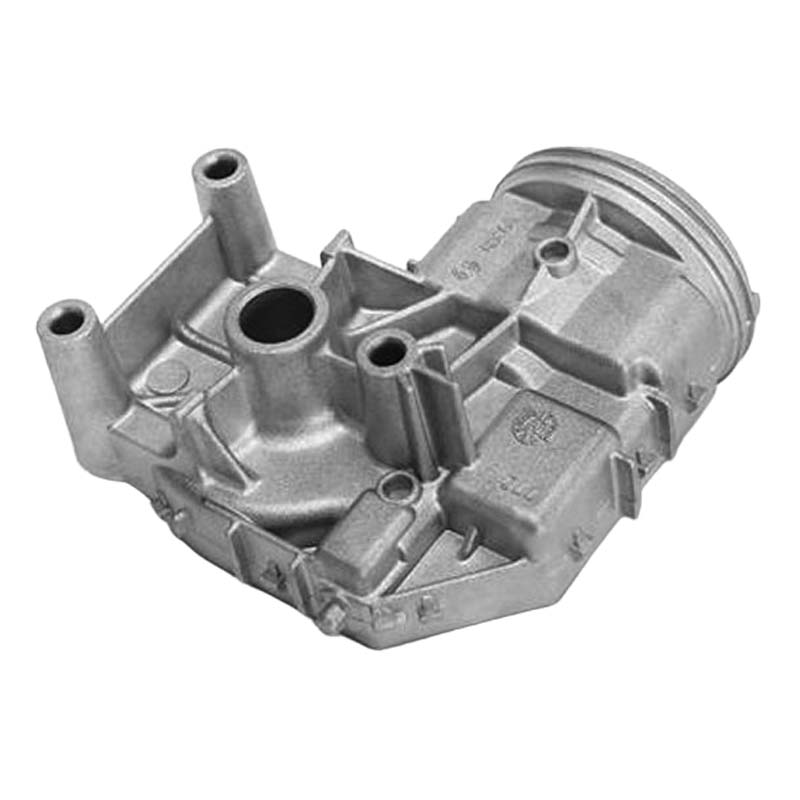
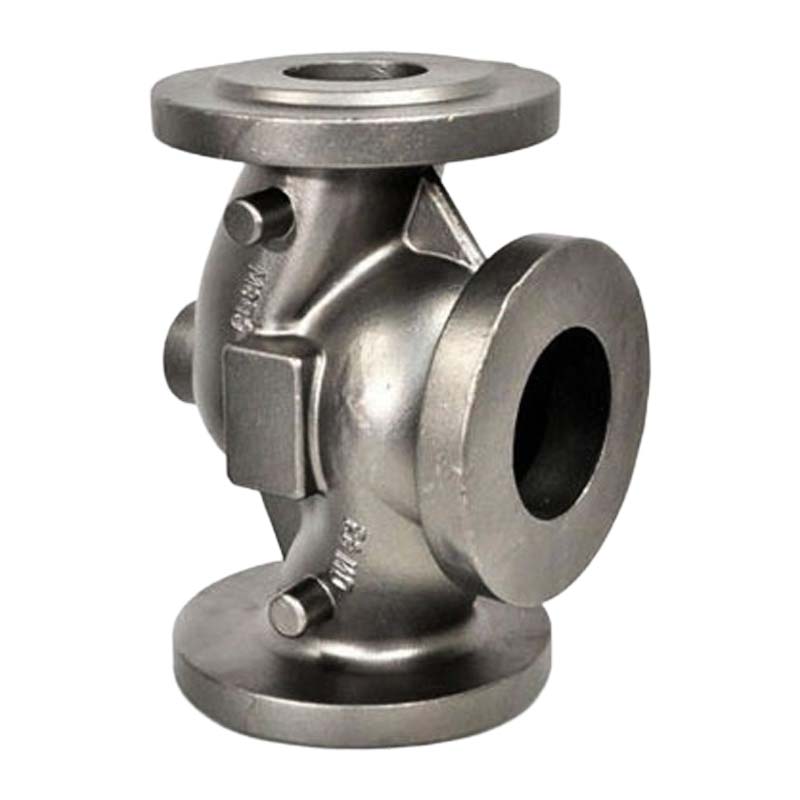
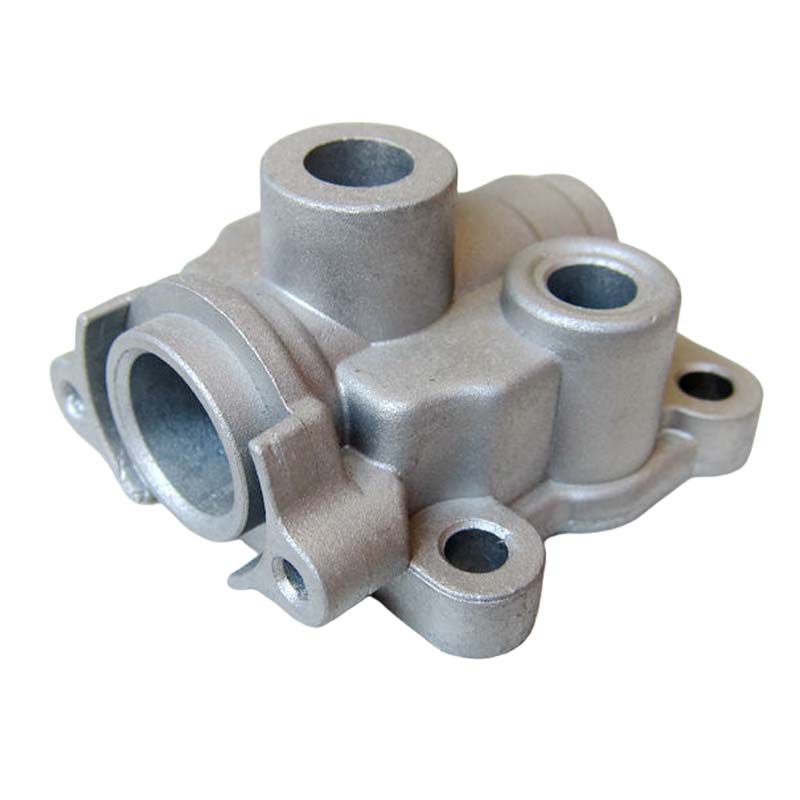
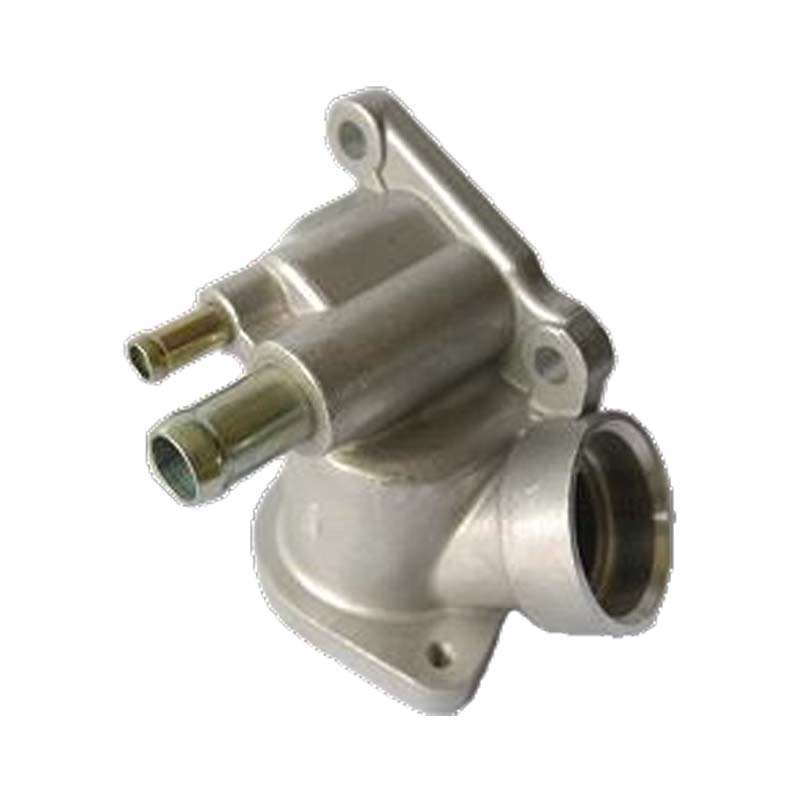
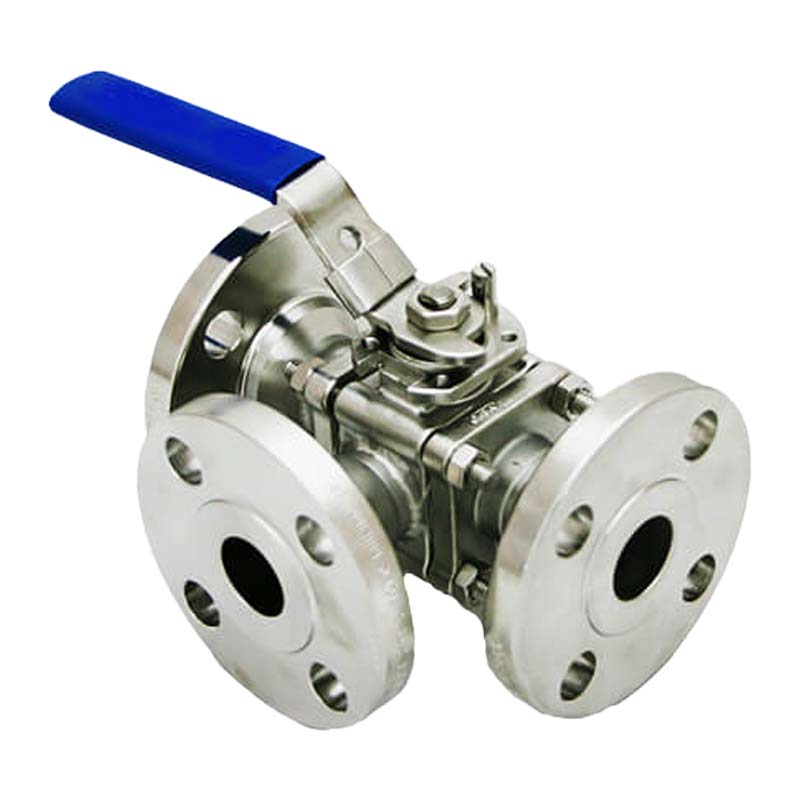
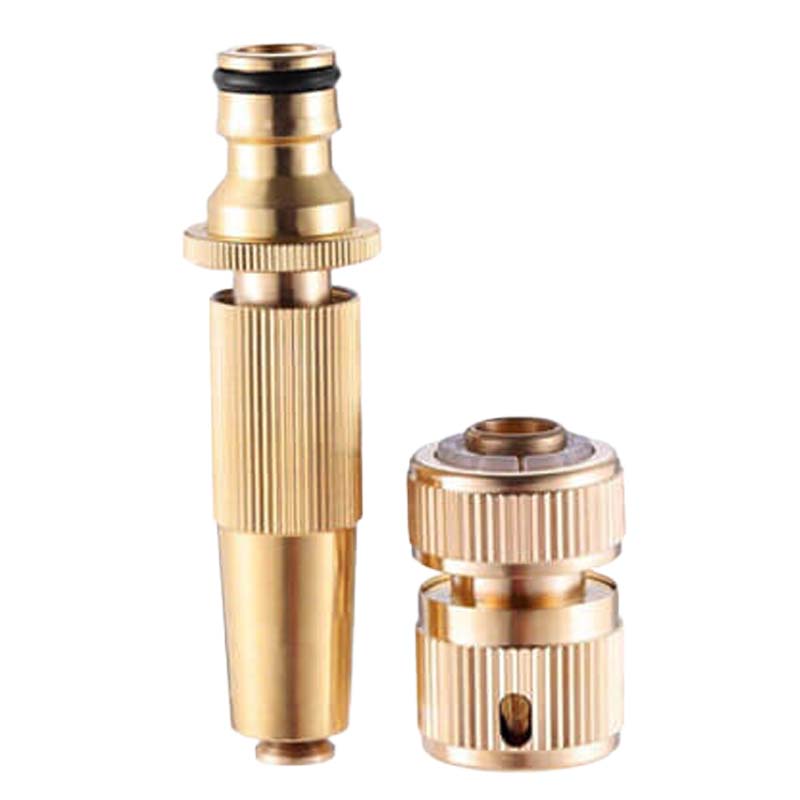
Tell us your need and we will contact with you within 24 hours.

Ningbo Fuchun Precision Casting Co.,Ltd is one of the best Investment Casting Manufacturer in the world.